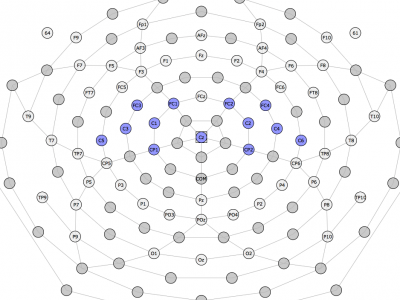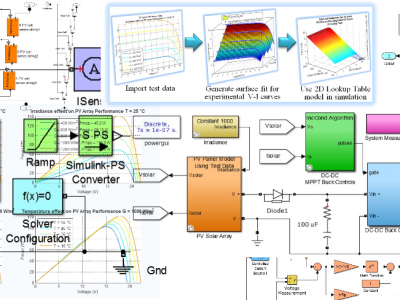Digital signal processing
Electroencephalography (EEG) signal data was collected from twelve healthy subjects with no known musculoskeletal or neurological deficits (mean age 25.5 ± 3.7, 11 male, 1 female, 1 left handed, 11 right handed) using an EGI Geodesics© Hydrocel EEG 64-Channel spongeless sensor net. All subjects gave their informed consent for inclusion before they participated in the study. The study was conducted in accordance with the Declaration of Helsinki, and the protocol was approved by the Ethics Committee of the University of Wisconsin-Milwaukee (17.352).
- Categories:
 1442 Views
1442 ViewsFor research purposes, the ECG signals were obtained from the PhysioNet service (http://www.physionet.org) from the MIT-BIH Arrhythmia database. The created database with ECG signals is described below. 1) The ECG signals were from 29 patients: 15 female (age: 23-89) and 14 male (age: 32-89). 2) The ECG signals contained 17 classes: normal sinus rhythm, pacemaker rhythm, and 15 types of cardiac dysfunctions (for each of which at least 10 signal fragments were collected).
- Categories:
 10761 Views
10761 ViewsVisual tracking methods have achieved a successful development in recent years. Especially the Discriminative Correlation Filter (DCF) based methods have significantly advanced the state-of-the-art in tracking. The advancement in DCF tracking performance is predominantly attributed to powerful features and sophisticated online learning formulations. However, it would come to some troubles if the tracker learns the samples indiscriminately.
- Categories:
 226 Views
226 Views
The datasets are composed of the experimental results of my paper submitted to TMM on HELEN and LFW datasets.
- Categories:
 152 Views
152 ViewsThe work starts with a short overview of grid requirements for photovoltaic (PV) systems and control structures of grid-connected PV power systems. Advanced control strategies for PV power systems are presented next, to enhance the integration of this technology. The aim of this work is to investigate the response of the three-phase PV systems during symmetrical and asymmetrical grid faults.
- Categories:
 8754 Views
8754 ViewsThis work presents a novel Anti-Islanding (AI) protection of Photovoltaic (PV) Systems based on monitoring the dc-link voltage of the PV inverter. A PV System equipped with AI protection like frequency relays, a rate of change of frequency (ROCOF) relay, and respectively the proposed dc-link voltage relay is simulated under the conditions of islanding and the detection time for all these AI techniques are compared. The study shows under which conditions our proposed dc-link voltage AI relay is the most efficient.
- Categories:
 2614 Views
2614 ViewsThis work presents a Matlab/Simulink study on anti-islanding detection algorithms for a 100kW Grid-Connected Photovoltaic (PV) Array. The main focus is on the islanding phenomenon that occurs at the Point of Common Coupling (PCC) between Grid-Connected PV System and the rest of the electric power system (EPS) during various grid fault conditions. The Grid-Connected PV System is simulated under the conditions of islanding, and anti-islanding (AI) relay reaction times are measured through the simulation.
- Categories:
 2323 Views
2323 ViewsThis work presents the performance evaluation of incremental conductance maximum power point tracking (MPPT) algorithm for solar photovoltaic (PV) systems under rapidly changing irradiation condition. The simulation model, carried out in Matlab and Simulink, includes the PV solar panel, the dc/dc buck converter and the MPPT controller. This model provides a good evaluation of performance of MPPT control for PV systems.
- Categories:
 3768 Views
3768 Views







